This website uses cookies to ensure you get the best experience on our website.
- Table of Contents
Facts about Cysteine protease ATG4B.

Exposure of the glycine at the C- terminus is essential for ATG8 proteins conjugation into phosphatidylethanolamine (PE) and insertion to membranes, which is essential for autophagy. Has also an activity of delipidating receptor to the PE-conjugated forms.
| Human | |
|---|---|
| Gene Name: | ATG4B |
| Uniprot: | Q9Y4P1 |
| Entrez: | 23192 |

| Belongs to: |
|---|
| peptidase C54 family |

APG4 autophagy 4 homolog B (S. cerevisiae); APG4 autophagy 4 homolog B; Apg4B; ATG4 autophagy related 4 homolog B (S. cerevisiae); ATG4B; AUTL1; AUTL1MGC1353; AUT-like 1 cysteine endopeptidase; autophagin-1; Autophagy-related cysteine endopeptidase 1; Autophagy-related protein 4 homolog B; cysteine protease ATG4B; DKFZp586D1822; EC 3.4.22; EC 3.4.22.-; hAPG4B; KIAA0943
Mass (kDA):
44.294 kDA

| Human | |
|---|---|
| Location: | 2q37.3 |
| Sequence: | 2; NC_000002.12 (241637659..241673857) |
Mainly expressed in the skeletal muscle, followed by brain, heart, liver and pancreas.
Cytoplasm.






PMID: 12446702 by Marino G., et al. Human autophagins, a family of cysteine proteinases potentially implicated in cell degradation by autophagy.
PMID: 15169837 by Kabeya Y., et al. LC3, GABARAP and GATE16 localize to autophagosomal membrane depending on form-II formation.